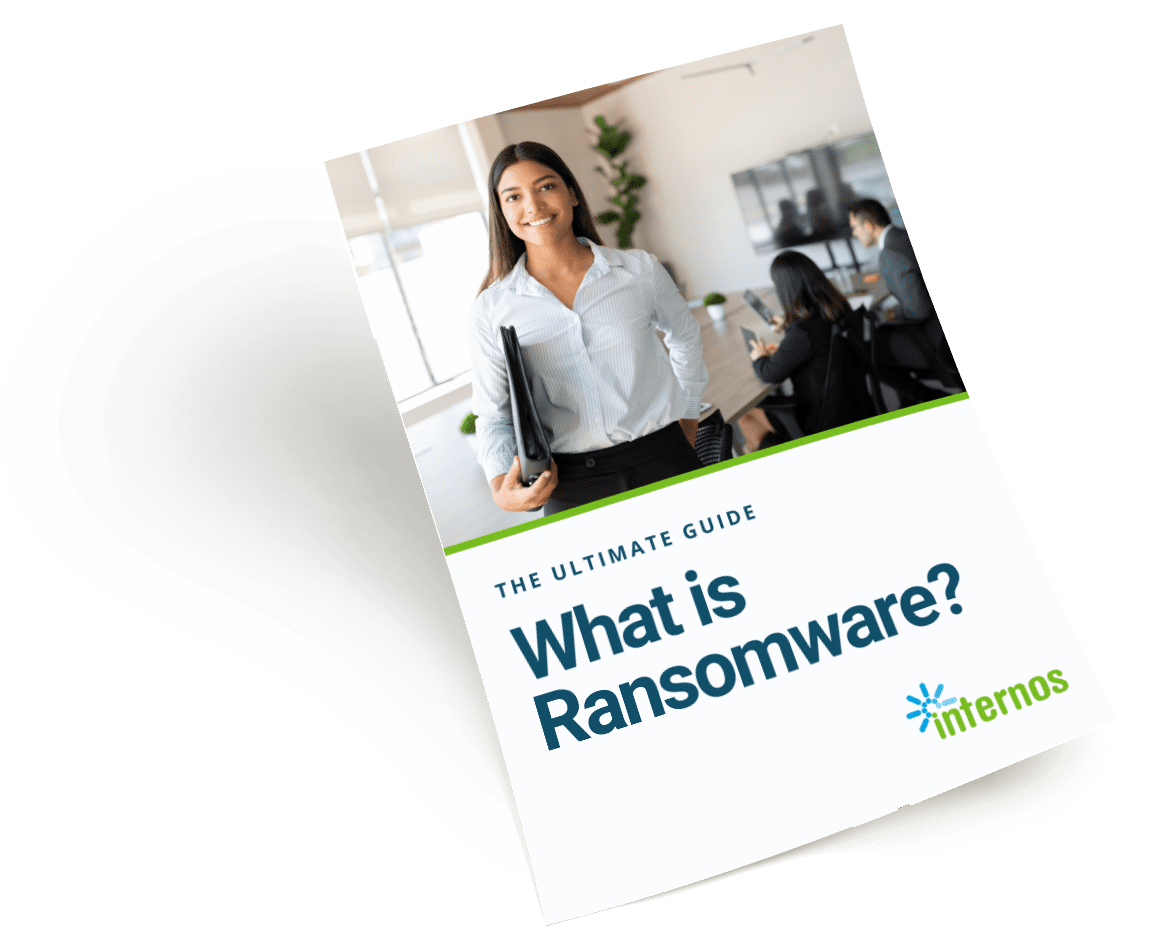
In today’s digital landscape, securing information and systems is a critical priority for every business, regardless of size. A well-crafted IT security policy acts as a strategic roadmap, guiding your organization in enhancing cybersecurity and safeguarding data from ever-evolving threats.
This guide walks you through the steps to develop a comprehensive IT security policy for your business, including essential elements required by the IRS Written Information Security Plan (WISP).
What Is an IT Security Policy?
In short, an IT security policy is an in-depth documentation of guidelines and rules designed to ensure your network and data are properly protected and secured. It outlines the procedures and protocols for managing security risks, responding to threats or attacks, and ensuring compliance with legal and regulatory requirements.
Why Is Having an IT Security Policy Essential?
Cyber criminals are getting smarter by the day, which means everyone with access to your network needs to be on top of their game at all times. Nobody ever means to respond to a phishing email and invite ransomware into your system, but it happens.
A documented IT security policy provides clear guidelines for employees, helping them recognize potential cyber threats and understand the procedures to follow to minimize risk.
For businesses handling sensitive personal data, such as taxpayer information, having a formal security plan is not just recommended; it’s required by the IRS under the WISP guidelines.
What Is the WISP Requirement?
The Written Information Security Plan (WISP) is a mandatory document for businesses that handle taxpayer information. Required by the IRS, the WISP details how your business works to protect personal information, ensuring compliance with federal regulations and reducing the risk of data breaches.
Steps to Develop a Good IT Security Policy
Here are a few steps you should take to create a good comprehensive IT security policy for your business:
1. Assess Your Current Security Measures
The first step is to do an assessment. This includes an assessment of your current security procedures along with a risk assessment to determine your vulnerabilities. After you have the results, make sure to record all of the information you gathered in detail.
2. Take Action on Unacceptable Risks
You need to determine which risks are acceptable and which need to be addressed immediately. Some risks are so low or insignificant that it would not make sense to sacrifice time, money and effort to mitigate them. On the other hand, some risks are more substantial and require action to prevent disastrous consequences.
3. Figure out Your Security Goals
Define clear objectives for your IT security policy. What is your main goal by creating it? Businesses might have different focuses whether it is protecting sensitive data, compliance to strict regulations, reducing security threats or raising cybersecurity awareness. Depending on your objective, the process might look a little different
4. Outline Specific Policies
Your IT security plan will have many aspects, it is important to develop detailed policies for each element to ensure clarity. Some common security policies include:
- Acceptable use policy (AUP) defines how employees are permitted to use the company’s servers and network.
- Access control policy (ACP) defines which employees are allowed to access certain data on a need-to-know basis.
- Password management defines rules on password complexity, how often they should be updated, and proper password storage.
- Device management defines rules for company device usage, as well as when it is allowed to use personal devices for work purposes.
- Incident response defines when and how to take action in the case of a cybersecurity incident.
5. Conduct Ongoing Employee Training
Cybersecurity awareness is crucial for all employees, not just IT staff. Cyber threats grow and change every day, which is why training can’t just be just a one time thing. You should be conducting regular training sessions to educate employees about the latest threats, such as phishing, ransomware and social engineering attacks.
6. Update Your IT Security Policy Regularly
With technology constantly evolving, it is essential you make periodic updates to the policy for it to remain effectively relevant. To stay on track, you can schedule regular reviews where you assess your current policy and make any necessary changes.
Need Help Developing Your IT Security Policy?
Developing a comprehensive IT security policy is essential for protecting your business from cyber threats, ensuring compliance with regulations and safeguarding sensitive data. However, creating and maintaining your cybersecurity can be complicated, especially as technology continues to evolve.
That’s where Internos Group Managed IT Services can help. With our expert team of IT professionals, we provide tailored IT security solutions designed to meet your unique business needs. Contact us or book a meeting today to learn more about how we can help optimize your cybersecurity and give you peace of mind knowing your data is protected.

